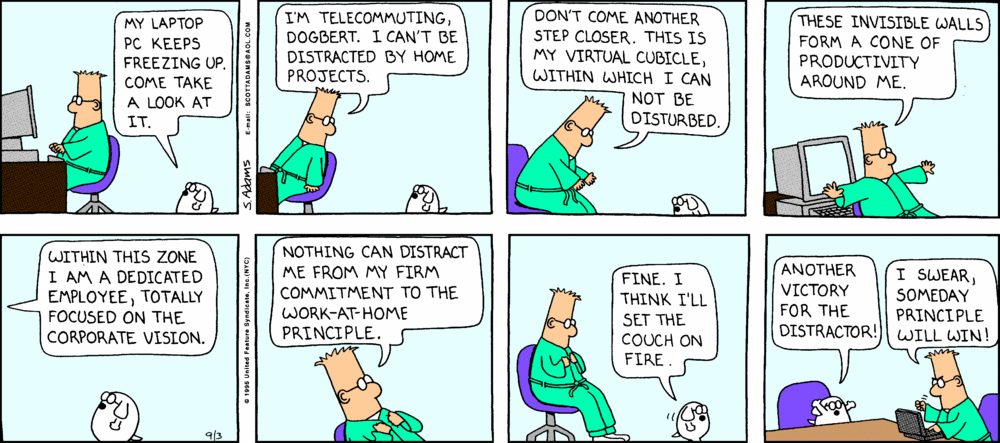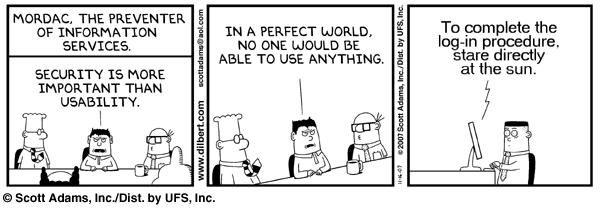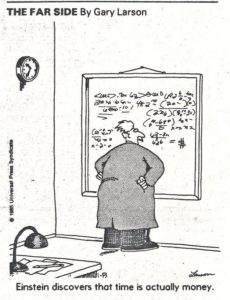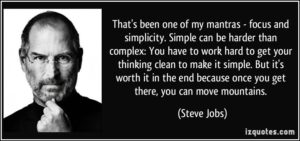Ron White is one of my favorite comedians. He first came to my attention as part of the “Blue Collar” comedy tour (along with Bill Engvall, Larry the Cable Guy and headliner Jeff Foxworthy) some years ago. I remember that the entire night was a fun time, but it was Ron White who stuck in my mind. I have since quoted him several times in various pieces that I have written here.
One particular bit of his dealt with his penchant for mouthing off. This can be a great asset for a comedian, as it can lead to many great stories to relate to an audience. This bit resonated with me due to the fact, that even as difficult as it may be to believe, I too have had the occasional issue with keeping my mouth shut. Sometimes it has actually been beneficial. Some of the time, not so much.
Ron White
likes to tell the story about his getting arrested. As part of getting
arrested, he was read his “Miranda” rights. These are famously quoted in just
about every police-oriented television show, whenever someone is getting
arrested….
“You have the right to remain
silent. Anything you say can and will be used against you in a court of law.
You have the right to an attorney. If you cannot afford an attorney, one will
be provided for you. Do you understand the rights I have just read to you? With
these rights in mind, do you wish to speak to me?” (http://www.mirandawarning.org/whatareyourmirandarights.html)
Ron has often said that he may have had the right to remain silent, he just didn’t have the ability to remain silent.
It seems that I may have found myself in this same position, having the option to remain silent but not having the ability to remain silent, far too many times in my career, and probably in life in general. With that in mind, I thought I might go through things that I hope I may have learned in traveling down this somewhat bumpy road. There are both benefits and detriments to walking this path.
I guess from a strictly age point of view I sort of qualify as a baby boomer generation. (https://play.howstuffworks.com/quiz/are-you-a-true-baby-boomer). Although it is interesting that according to the test, I am not strictly a boomer. I guess I was either late enough in the generation, or enough of a forward thinker that I didn’t seem to entirely qualify.
Being a “boomer” meant I presumably went to school, played sports and participated in activities where there seemed to be very little worry about my self-esteem. Passing was based on what you earned, not based on the issues that would be faced if you did not pass. Trophies were awarded to those who finished either first, second or third, not based on participation. It was okay if there were winners and losers in activities because it was competition based.
I won’t harken back to these times and pronounce them a better time, because it is possible that they were not. It has yet to be determined because there is not enough information on the current status quo for comparison.
There is that fact finding, data-based approach to things that I like to use rearing its head, as opposed to just positing an opinion and claiming it as truth.
It is somewhat interesting in that I have actually heard “OK boomer” which I understand is supposed to be some sort of a mild insult when uttered by someone of a younger generation. I find this to be rather humorous as opposed to insulting. I have been told that I also have something of a “different” sense of humor. However, when I considered the source, and responded in kind, which I usually do, regarding that younger generation’s perceived peccadillos, it didn’t appear that my response was as well received. It seemed that even though I didn’t feel particularly insulted when I apparently should have, that it didn’t mean that the person who uttered the insult wouldn’t feel insulted when I responded in kind.
This is precisely the open mouth approach to things that I wanted to discuss. The learning topic here is that just because someone smarts off to you does not mean that they will take a return comment in kind well. This is usually especially true of management. They might, but don’t just assume they will.
Opening your mouth will usually get you noticed. Believe it or not this will usually be a pretty good thing. Being noticed, or better put, the ability to be noticed favorably can and will be a benefit in your career. Those that choose to keep their mouths shut and go about their work will take longer to be noticed in their roles by management and others, than those who speak up. How people will perceive you when you open your mouth will vary, however getting noticed is an important first step.
“There’s no such thing as bad publicity’ is often associated with Phineas T. Barnum, the 19th century American showman and circus owner. Barnum was a self-publicist of the first order and never missed an opportunity to present his wares to the public. As with many other supposed quotations, there’s no hard evidence to link the ‘bad publicity’ quotation to him.”
The proverbial expression began to be used in the early 20th century…” (https://www.phrases.org.uk/meanings/there-is-no-such-thing-as-bad-publicity.html)
This is a quote that will work well if you are running or working in a circus. Be aware that just because you may consider it a circus, does not mean everyone considers it a circus, regardless of how many clowns you may think are present. This can also become another hard-learned lesson.
Speaking up is one of the best ways to be noticed. Being right while speaking up is even better. It is that second part that has a tendency to trip a lot of people up. Make sure you do in fact know what you are talking about and are able to support your opinion with data and facts.
One of the greatest contributors to how you are perceived when you speak, is the content that you convey. Having command of the subject matter. Being knowledgeable about the topic. Having done your preparatory work will all come across when you talk. “Sounding” like you know what you are talking about may enable some to temporarily pass, but actually knowing what you are talking about becomes apparent to all in attendance very quickly.
How you address topics when you speak will also affect your perception. As previously mentioned, I usually chose a fact and data-based approach. This approach as noted lends itself to doing your homework and being prepared. Again, early on in my career this approach seemed to work well. Bringing data-based facts and solutions to the table seemed to be the right thing to do. I have continued to use and bring forward this analytical approach to my business communications to this day.
This is the part that can start to cause some issues as you matriculate up through management. As I said being noticed can be good when you are providing answers and solutions. As you matriculate up, the breadth and value of the topics discussed increases. Providing fact and data-based answers that do not entirely coincide with management proposed or desired directions can rapidly become a source of friction.
Questions that were once asked looking for an answer, can eventually become questions that are asked in looking for a particular answer. These particular answers usually come in the form of supporting the previously determined direction or solution. It should become quickly apparent that answering a question with what you feel may be the best fact-based answer, may not always coincide with the current or desired direction or response.
In other words, there will be times when management will ask a question looking for validation or agreement with the solution or answer that they have already chosen or would prefer. It may not matter that the facts and data do not fully support their position. It just may not be what they want to hear.
It is at times like these that I have found myself in Ron White’s afore mentioned position of having the right to remain silent, but not having the ability to remain silent.
What I have learned, eventually, was to pause and understand if there was in fact a desired answer that was being looked for, or if it was indeed a direct question. If there is a sought-after answer, look for those aspects that can be publicly agreed with and address those. Then, at a later, not so public time, try and address those issues and concerns that you feel need attention.
Instead of providing an answer that could be viewed as opposing the desired position publicly, you can be seen as providing input that will be thought of as enhancing or strengthening the desired solution.
It has taken a (very) long time for me to learn some of this. I am not so sure that I have mastered it yet. I have the right, I’m just not sure I have the ability.










